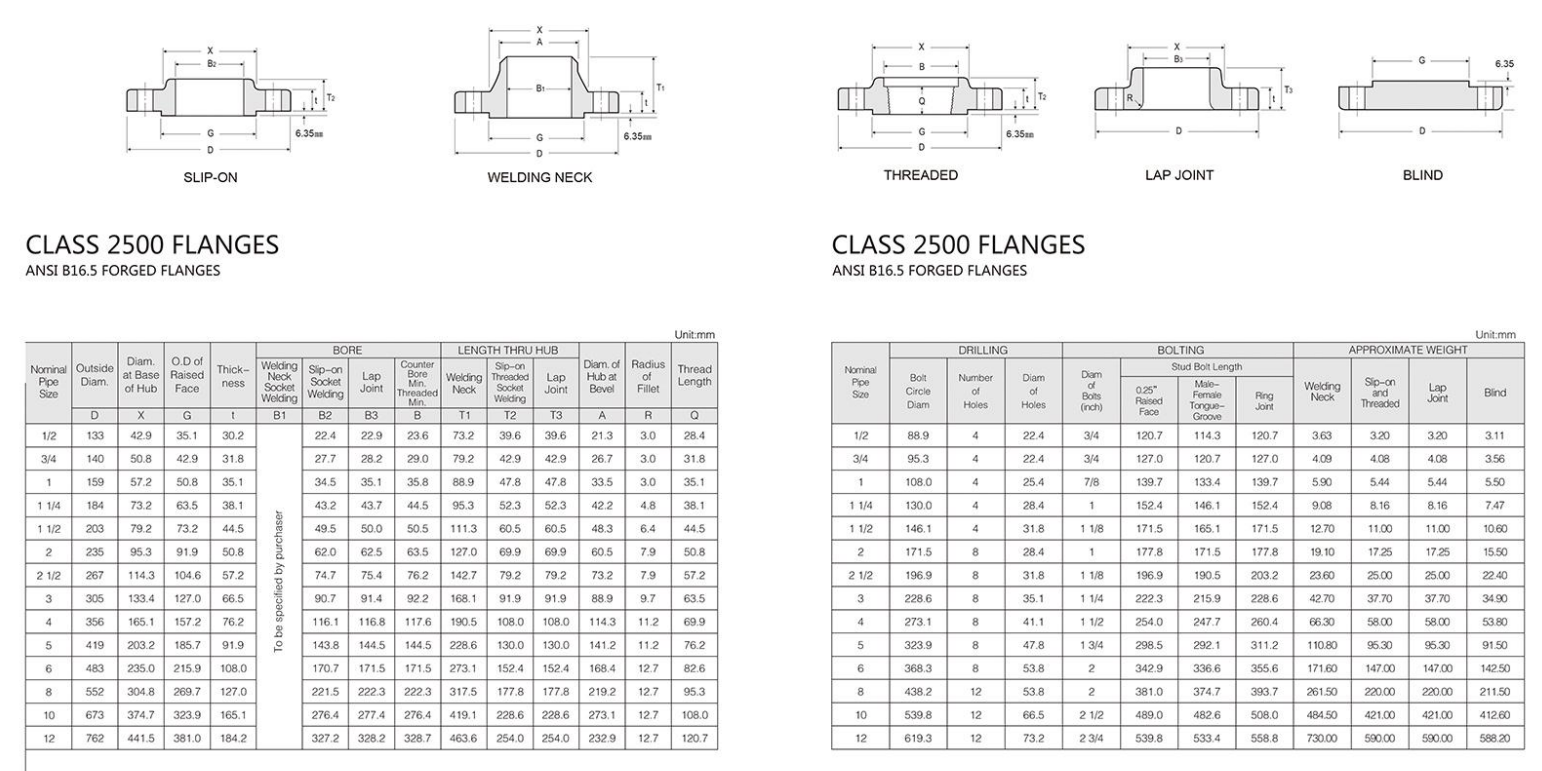-
Cangzhou Yulong Steel Co., Ltd.
-
Phone:
+86 13303177267 -
Email:
admin@ylsteelfittings.com

Sep . 24, 2024 16:39 Back to list
Welding Techniques for Round Pipes in Various Applications and Industries
Welding Round Pipe A Comprehensive Overview
Welding round pipes is a crucial process in various industries, including construction, manufacturing, and automotive. Round pipes are versatile components used in structural applications, fluid transportation, and mechanical systems. The welding process ensures these pipes are securely joined, maintaining their integrity and functionality.
When it comes to welding round pipes, several techniques are commonly employed
. The choice of method depends on factors such as the material of the pipes, the thickness, and the specific application. Some prevalent welding techniques include MIG (Metal Inert Gas) welding, TIG (Tungsten Inert Gas) welding, and arc welding, each with its advantages and best-use scenarios.MIG welding is widely favored for its speed and efficiency. This process uses a continuous wire feed as an electrode, which melts and fuses the pipes together with the help of an inert gas shield. MIG welding is particularly suitable for thin-walled round pipes and allows for a high production rate, making it ideal for large-scale fabrication projects.
On the other hand, TIG welding is known for its precision and control. It utilizes a non-consumable tungsten electrode to create the weld. This method is excellent for thicker materials and applications where a clean and aesthetically pleasing finish is essential. TIG welding allows for the addition of filler rods as needed, which can be advantageous in complex projects requiring different materials.
welding round pipe

Arc welding is a more traditional and robust method, suitable for thick pipes and heavy-duty applications. This process generates heat through a controlled electric arc between the electrode and the metal workpiece. It is widely used in shipbuilding, pipeline construction, and heavy equipment manufacturing.
Preparation is critical before the actual welding process begins. Pipes must be cleaned to remove any contaminants such as rust, oil, or debris, which can weaken the weld joint. Proper alignment is also essential to ensure that the pipes fit together securely. Misalignment can lead to structural weaknesses and potential failures in the finished product.
Post-welding processes are equally important. They often involve inspections to assess weld quality, followed by treatments such as grinding or polishing to achieve a smooth finish. In some cases, additional processes like heat treatment may be necessary to improve the material properties and relieve stresses introduced during welding.
Safety is paramount in welding operations. Welders must wear appropriate personal protective equipment (PPE), including helmets, gloves, and protective clothing, to safeguard against burns, inhalation of harmful fumes, and exposure to ultraviolet radiation. Proper ventilation in the workspace is crucial to minimize health risks associated with welding fumes.
In conclusion, welding round pipes is a vital aspect of various industries, providing strength and reliability to numerous applications. Understanding the different welding techniques, preparation requirements, and safety measures involved can greatly enhance the quality and longevity of welded structures. As technology advances, new methods and materials continue to improve the efficiency and effectiveness of round pipe welding, ensuring its relevance in modern engineering and construction practices. Whether in a manufacturing plant or an outdoor construction site, the expertise in welding round pipes remains essential for successful project outcomes.
Latest news
-
ANSI 150P SS304 SO FLANGE
NewsFeb.14,2025
-
ASTM A333GR6 STEEL PIPE
NewsJan.20,2025
-
ANSI B16.5 WELDING NECK FLANGE
NewsJan.15,2026
-
ANSI B16.5 SLIP-ON FLANGE
NewsApr.19,2024
-
DIN86044 PLATE FLANGE
NewsApr.19,2024
-
DIN2527 BLIND FLANGE
NewsApr.12,2024
-
JIS B2311 Butt-Welding Fittings LR/SR 45°/90° /180°Seamless/Weld
NewsApr.23,2024
-
DIN2605-2617 Butt-Welding Fittings LR/SR 45°/90°/180° Seamless/Weld
NewsApr.23,2024











